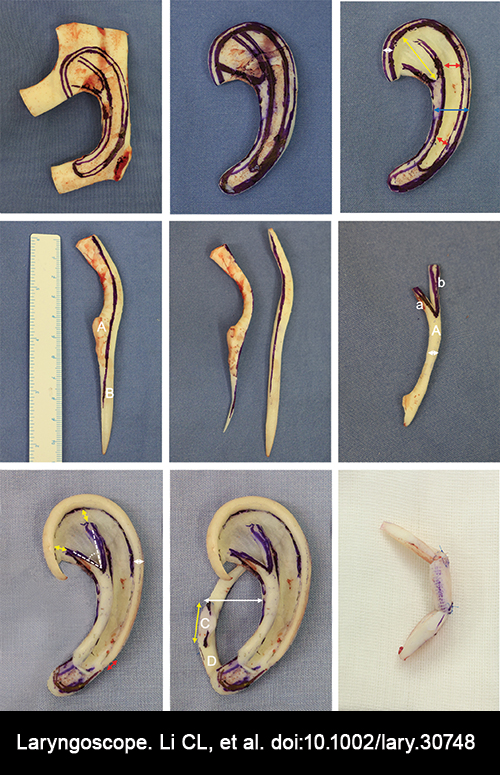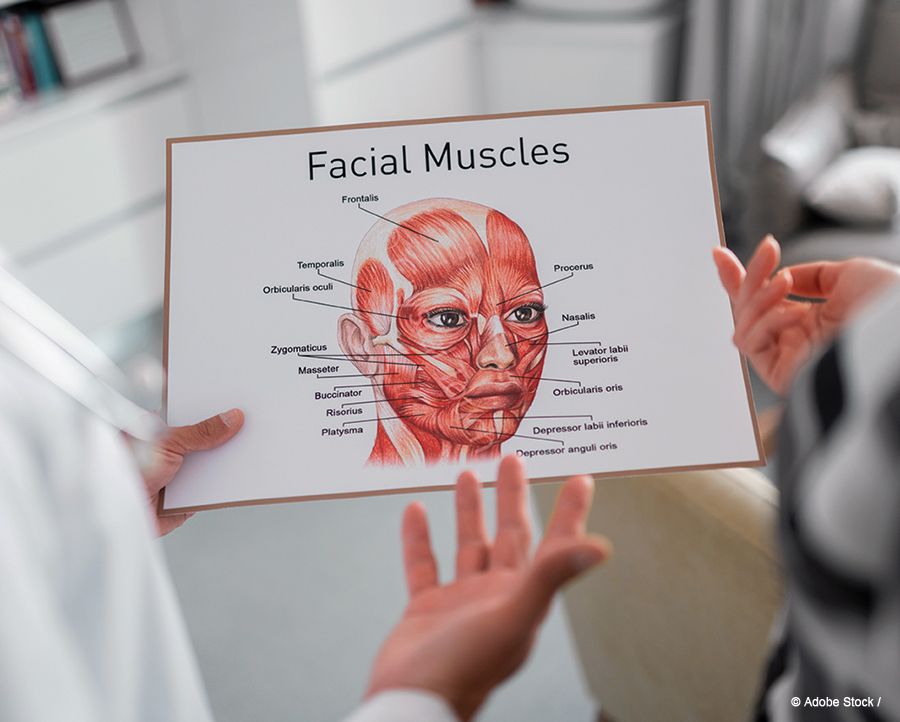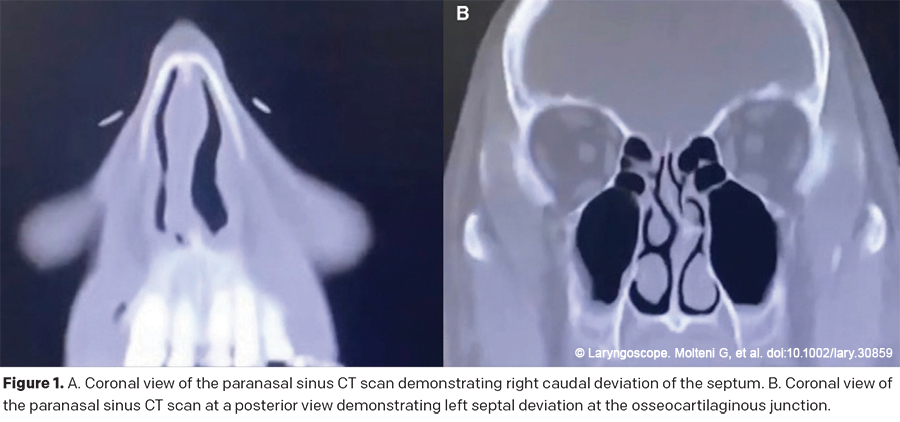Although en bloc resection remains the standard of care for primary treatment of oral cavity squamous cell carcinomas (OCSCC), methods of intra-operative assessment of margins vary.
New Database Informs Facial Fracture-Related Management and Cost Trends for U.S. Metropolitan Hospitals
With morbidity costs of facial trauma exceeding $1 billion each year, ew database informs facial fracture-related management and cost trends for U.S. Metropolitan hospitals.

How To: Quantitative Framework Fabrication with Autogenous Costal Cartilage in Microtia Reconstruction
This study presents one quantitative framework fabrication technique that saves the use of cartilage and obtains sufficient concha space for canalplasty, achieving satisfactory aesthetic results with few complications.

Resolving a Self-Expression Disconnect Using AI, Improves a Patient’s Ability to Express Happiness When Smiling
Resolving a Self-Expression Disconnect Using AI, researchers find depressor anguli oris excision improves a patient’s ability to express happiness when smiling.

What is the Role of Tranexamic Acid in Septorhinoplasty?
The use of tranexamic acid to reduce intraoperative bleeding may have applications in septorhinoplasty.

How to: A Dynamic Endonasal Columellar Strut Placement
This article provides a detailed description of a dynamic endonasal columellar strut placement technique, as well as its clinical relevance and impact on patients after they have undergone routine septoplasty.
Gender and Ethnic Diversity Lacking Among Academic Facial Plastic Surgeons
Increased diversity is needed in academic facial plastic surgery, particularly female, Hispanic, and Black representation.

Facial Nerve Centers and New Treatment Options Can Make a Difference for Patients with Facial Paralysis
Facial paralysis, whether caused by a virus, tumor, trauma, or congenital abnormality, can be devastating to patients and significantly impact their quality of life, but new treatments and specialized facial nerve centers can make a big difference.

Does Platelet-Rich Plasma Have a Therapeutic Role in Hair Restoration?
Platelet-rich plasma has a therapeutic role in hair restoration, with most trials examined having a low risk of bias.
COVID-19 Infection May Be Associated with Unique Manifestation of Facial Nerve Paralysis/Palsy
Facial nerve paralysis is a possible presentation following COVID-19 infections and is associated with both Guillain-Barré Syndrome patients and non-GBS patients.
- « Previous Page
- 1
- 2
- 3
- 4
- …
- 9
- Next Page »